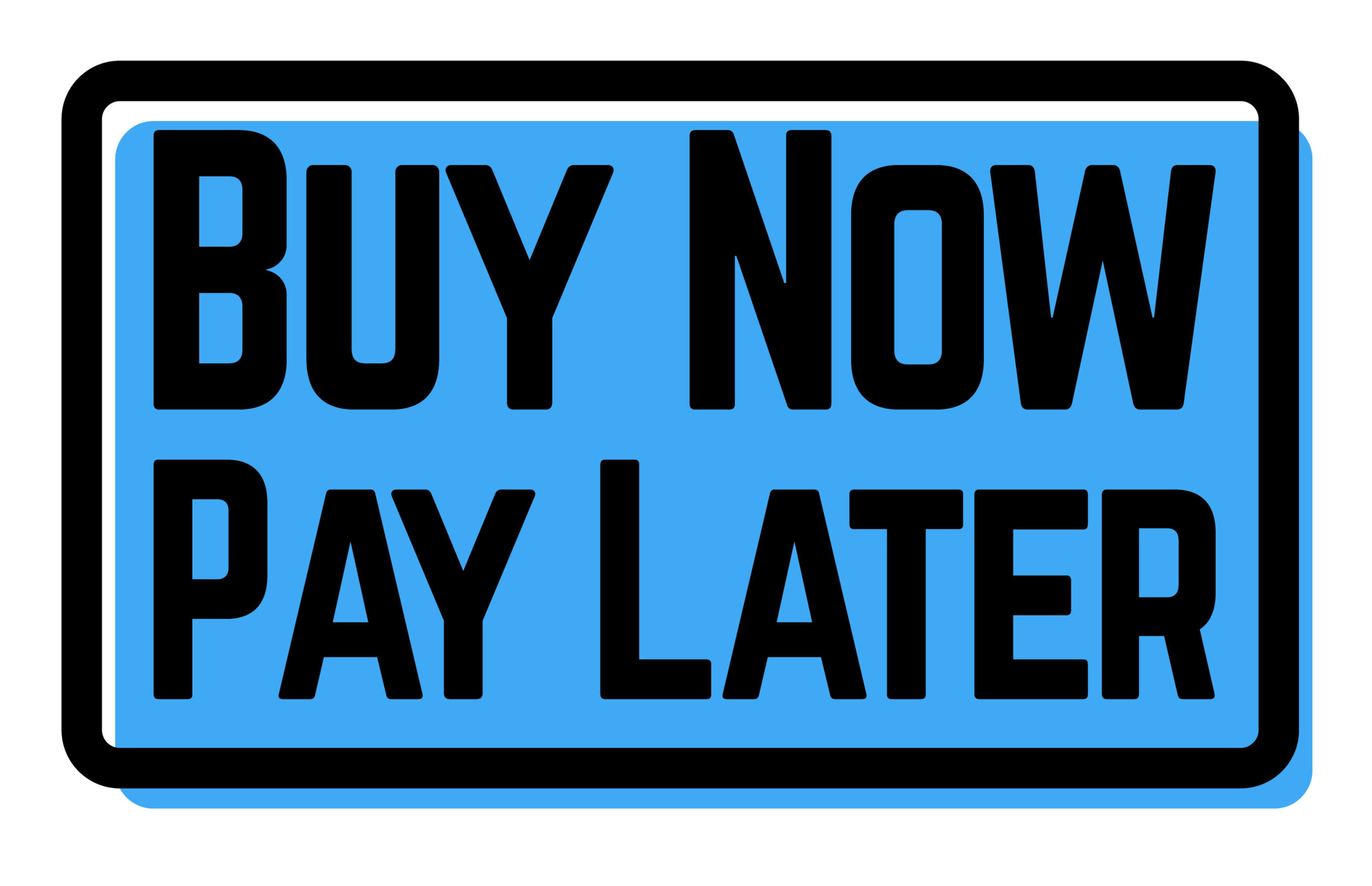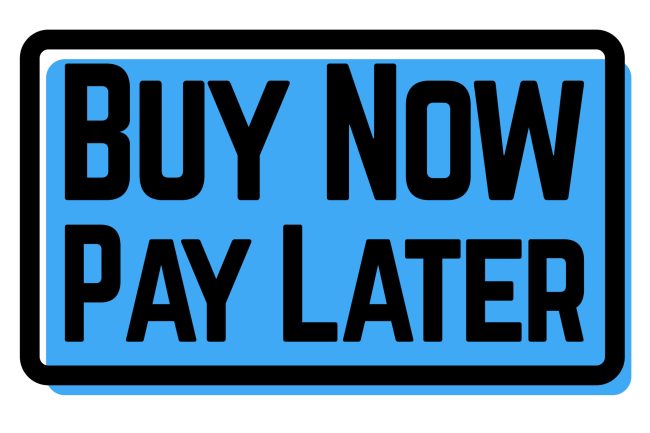
Buy Now, Pay Later (BNPL) services like Klarna, AfterPay, Affirm, and PayPal 4 Pay have revolutionized the way consumers shop online. Offering the allure of interest-free payments and the ability to split purchases into manageable chunks, these services promise financial flexibility. However, beneath this veneer of convenience lies a troubling reality: these companies can lead consumers into a cycle of debt, keeping them perpetually broke. This article delves into the strategies these BNPL services use to hook customers and the financial pitfalls they create.
1. The Allure of Easy Payments

BNPL services attract consumers with the promise of easy, interest-free payments. This appeals to those who may not have the upfront cash for a purchase but can manage smaller, spread-out payments. By marketing themselves as a solution to immediate financial constraints, these companies lure customers into a spending spree. The convenience and simplicity of splitting payments can make it tempting to buy more than one can afford, fostering a false sense of financial security.
2. The Hidden Costs of Interest-Free Loans

While BNPL services often advertise interest-free payments, this is usually contingent on timely repayments. Failure to pay on time can result in hefty late fees and interest charges, quickly turning a seemingly manageable debt into a financial burden. Additionally, some services might charge upfront fees or apply interest to larger purchases, creating hidden costs that consumers may overlook. These charges can accumulate, leading to unexpected financial strain.
3. Encouraging Impulsive Spending

BNPL companies capitalize on the psychology of instant gratification. By offering the ability to enjoy a product immediately without full payment, they encourage impulsive purchases that consumers might otherwise avoid. This impulse-driven spending can lead to accumulating debt, as consumers make multiple purchases without fully considering their ability to repay. Over time, the accumulation of these small debts can snowball into a significant financial problem.
4. The Impact on Credit Scores

Using BNPL services can negatively impact credit scores if payments are missed or late. Some BNPL providers report to credit bureaus, meaning that any defaults or late payments can appear on your credit report. This can lower your credit score, making it more difficult to obtain loans or credit cards in the future. Even if the service doesn’t report to credit bureaus, the debt incurred can still affect your overall financial health, limiting your ability to secure future credit.
5. The Cycle of Debt

BNPL services can create a cycle of debt that’s hard to escape. Consumers may find themselves juggling multiple payment plans across different platforms, leading to confusion and missed payments. As debts accumulate, paying off one debt might require taking on another, perpetuating a cycle of financial dependency. This continuous borrowing can keep consumers in a state of financial stress, struggling to catch up with ever-increasing obligations.
6. The Marketing Tactics of BNPL Companies

BNPL companies employ aggressive marketing strategies to attract consumers. They often partner with popular retailers and e-commerce platforms to offer seamless integration at checkout, making the option to split payments highly visible and tempting. Promotions, such as discounts or exclusive offers for using BNPL services, further entice consumers. These tactics are designed to create a sense of urgency and desire, encouraging consumers to opt for BNPL to capitalize on the perceived benefits.
7. The Demographic Target of BNPL

BNPL services often target younger consumers, particularly Millennials and Gen Z, who may have less disposable income and limited credit history. These demographics are more likely to embrace digital financial solutions and might be more inclined to opt for BNPL as a way to manage their finances. The appeal of not needing a traditional credit check and the ease of use via mobile apps make BNPL services particularly attractive to these groups, who may be less experienced in managing credit and debt.
8. The Regulatory Landscape

The rapid growth of BNPL services has caught the attention of regulators worldwide. There are increasing calls for stricter regulation to protect consumers from potential pitfalls associated with BNPL debt. Regulatory measures may include requiring clearer disclosure of terms and conditions, implementing caps on late fees, and ensuring that BNPL providers conduct thorough affordability checks. As the regulatory environment evolves, BNPL companies may need to adapt their practices to comply with new rules aimed at safeguarding consumer interests.
9. The Psychological Impact on Consumers

The ease of using BNPL services can have significant psychological effects on consumers. The practice of delaying payment can lead to a disconnect between the act of purchasing and the financial consequences. This can result in consumers underestimating their total debt load and overcommitting financially. The stress of managing multiple repayment schedules can also take a toll on mental health, causing anxiety and stress related to financial insecurity.
Breaking Free from the BNPL Trap

While Klarna, AfterPay, Affirm, and PayPal 4 Pay offer the promise of financial flexibility, they can also lead to a cycle of debt that keeps consumers financially strapped. To avoid the pitfalls of BNPL services, it’s crucial to assess your ability to repay before making a purchase and to be mindful of the hidden costs and potential impact on your credit score. By fostering better financial habits and resisting the lure of instant gratification, consumers can break free from the BNPL trap and achieve long-term financial stability. Take control of your finances today by reviewing your spending habits and setting a budget. Consider alternative ways to manage your finances and avoid the cycle of debt. For more tips on financial health, subscribe to our newsletter and stay informed on the latest financial trends and advice.








